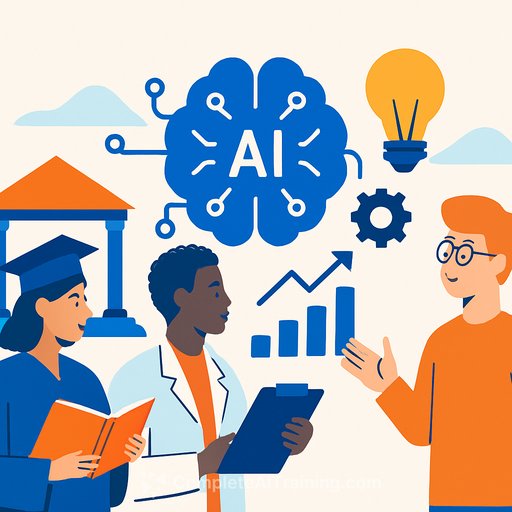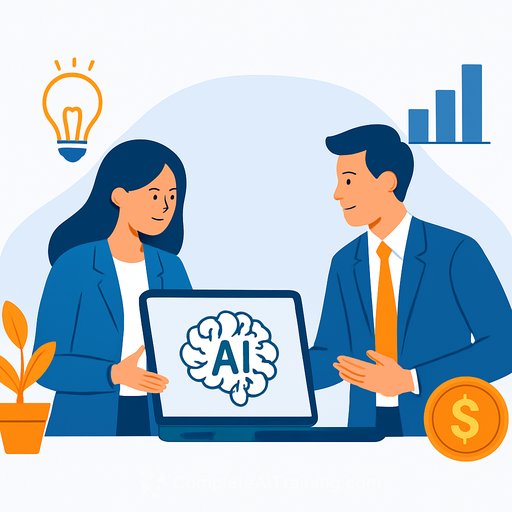Examining the Role of Higher Education, Research Excellence, and Innovation in AI Advancements in Nordic Countries
Abstract
Higher education, research, and innovation are key drivers in advancing AI technologies responsibly. They help assess societal impacts, identify risks of misuse, and improve AI’s practical applications. This study evaluates how effective these factors are in promoting AI development, focusing on Nordic countries from 2009 to 2023. Using advanced panel data models, the findings reveal that higher education learning, research excellence, and innovation capacity all support AI progress. Good governance strengthens these effects, especially on higher education learning, followed by innovation and research. Importantly, there is two-way influence between these factors and AI technologies, meaning they shape each other. Policy recommendations follow from these insights.
Introduction
Since 2021, AI technologies have gained notable traction across sectors, particularly in education. AI is shaping how knowledge is delivered and absorbed, including in sustainability education. Higher education institutions (HEIs) have shifted from purely theoretical teaching to integrating AI and related tools such as virtual and augmented reality into their practices.
HEIs are not just adapting to AI; they are central to creating the technology itself. They drive AI innovation by developing new algorithms and automation tools that impact industries like healthcare and finance. Additionally, higher education prepares the workforce with AI skills, ensuring a steady supply of experts.
Universities influence business, policy, and society by fostering ethical and responsible AI development, with good governance playing a vital role in this process. A feedback loop exists where progress in AI enhances education, while educational advances spur AI innovation. This dynamic emphasizes the importance of higher education in AI development.
Though AI's integration into education has been studied, less focus has been placed on how HEIs contribute directly to AI technological advancement. The Nordic countries, with strong education systems and innovation cultures, provide an ideal setting to explore this relationship.
Research Questions
- How does higher education learning perform in promoting AI-driven technological advancements in Nordic countries?
- Do research excellence and innovation capacity influence AI-driven technological advancements?
- How effective is good governance in moderating the impacts of higher education learning, research excellence, and innovation capacity on AI advancements?
- What is the direction of causality among higher education learning, research excellence, innovation capacity, and AI-driven technology?
Methodology
Data and Sources
The study uses several proxies to measure key variables. Higher education learning is represented through student enrollment, tertiary education expenditure, and employment rates, combined via Principal Component Analysis into an index.
Research productivity is assessed through university rankings related to leadership output and publication records in Scopus-indexed journals. Innovation capacity is measured through rankings on innovative knowledge and patent production.
Good governance acts as a moderating variable, while the AI-driven technologies index serves as the outcome variable. The analysis covers Denmark, Finland, Iceland, Norway, and Sweden from 2009 to 2023, chosen for their advanced educational and innovation environments.
Estimation Techniques
The study employs the Dynamic Common Correlated Effects (DCCE) model, suitable for panel data with dynamic and heterogeneous relationships. This method provides insights into both short- and long-term effects. Additionally, a panel non-causality test is used to explore causal directions.
Results
Trends and Descriptive Statistics
Graphical analysis shows most variables fluctuated over the period, except literacy rates which remained stable. Descriptive statistics indicate that means of higher education learning, research excellence, and innovation capacity are below their standard deviations, reflecting variability.
Cross-Sectional Dependence and Stationarity
Tests reveal interdependence among variables, requiring advanced methods over traditional panel tests. Unit root tests confirm a mix of stationary variables at levels and first differences.
Long-Term Relationships
Cointegration tests support a stable long-run connection among higher education learning, research excellence, innovation capacity, and AI-driven technologies.
DCCE Model Findings
The model shows all three factors positively and significantly influence AI technology development. Higher education learning has the strongest impact, followed by innovation capacity and research excellence.
Moderation by Good Governance
Good governance enhances the effects of higher education, research, and innovation on AI development, creating a supportive environment for progress.
Causality Analysis
Tests confirm bidirectional causality, meaning higher education learning, research excellence, and innovation capacity both influence and are influenced by AI-driven technological advancements.
Conclusion
The study confirms that higher education learning, research excellence, and innovation capacity significantly promote AI-driven technological progress in Nordic countries. Among these, higher education learning plays the most critical role. Good governance further strengthens these relationships by fostering an environment conducive to innovation and responsible AI development.
For educators and policymakers, these findings highlight the importance of investing in higher education and research infrastructures while maintaining strong governance frameworks to support AI technology growth. Integrating AI-focused curricula and promoting interdisciplinary research will prepare future professionals and sustain innovation momentum.
Those interested in expanding their AI knowledge and skills may find value in specialized training programs available at Complete AI Training.
Your membership also unlocks:





